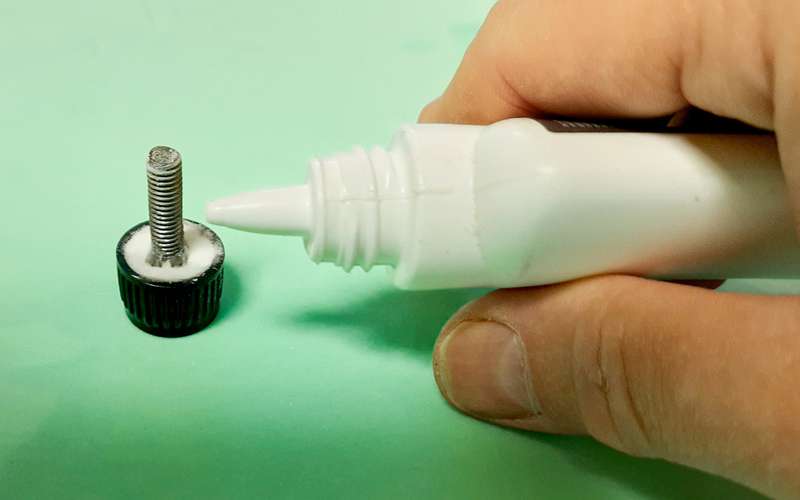Baking soda is an indispensable tool in everyday life. Cheap, affordable and effective. But motorists have found a use for it in the car.
There are many examples on the Internet of how soda is used to clean fabric upholstery. It is recommended to rub the dry powder into the seats, especially by carefully treating the stains.
It is advised not to apply too much force – baking soda is still an abrasive. After the used product should be collected with a vacuum cleaner.
It is claimed that this way not only removes dirt, but also an unpleasant odor (if something smelly has been spilled before).
Is this “penny” remedy that effective, and where else can it be used in a car?
Expert opinion
Alexey Revinexpert “Behind the wheel”:
Baking soda is truly a versatile cleaning agent. But it makes no sense to use baking soda for steaming car seats. As long as the soda particles are dry, they will not react with contaminants.
With the same success, you can try to clean the seat cover with fine river sand. It is really impossible to rub hard, but weakly – there will not even be an abrasive cleaning.
To make sure, it is enough to conduct an experiment and clean the pool rug near the front door with soda. No effect. Even a white cloth to rub the soda with stays almost clean. Therefore, it is impractical to use baking soda to clean the seats.
Clean headlights with dry soda – expose them to abrasive wear. If you dilute soda with water, you can wash the headlights and only the headlights. For body paintwork, “soda baths” are not particularly useful. Car shampoo is better for headlights and bodywork.
Where in the car to apply soda?
There are plenty of other uses for soda in the car. The first and most important useful property is the ability to neutralize acid. Therefore, when working with a battery, especially when servicing it, with plugs, soda should always be at hand. It can quickly neutralize a pool of spilled electrolyte, the expert suggests.
The second use of soda is to clean battery terminals from oxides. In many batteries, the terminal ends are not perfectly sealed, so acid vapor gradually causes the terminals to become covered with a “fur coat” of multi-colored oxides.
Soda can be washed with battery clamps and power cable lugs. And if you then cover them with a protective lubricant, then you can forget about problems with “acid” terminals for a long time.
A third application is as a curing catalyst for cyanoacrylate (secondary) adhesives. Whether you use liquid or jelly glue is not that important. Glue always shrinks instantly only between the fingers. Because there is perfect contact and no air access. And when repairing a car, you have to hold two parts together for a while, and even the extra glue that came out of the junction will not let you grab it quickly. Sprinkle this place with soda and the glue will immediately set.
Another use of soda follows from the described: together with “second” glue, you can make small parts or fill decent volumes with a strong composition.
Let’s say you want a screw that you can turn with your fingers, without a wrench. We put a bolt or screw of a suitable size with a “hat” in the cork of a pharmaceutical vial. Pour a layer of soda and fill with second glue. It is better to apply two or three coats. Then the product is as sustainable as possible.
Our verdict
Baking soda is not suitable as an upholstery cleaner. But there are other “application sites” where bicarbonate of soda is sure to come in handy.
Source: Z R
Anika Rood is an author at “Social Bites”. She is an automobile enthusiast who writes about the latest developments and news in the automobile industry. With a deep understanding of the latest technologies and a passion for writing, Anika provides insightful and engaging articles that keep her readers informed and up-to-date on the latest happenings in the world of automobiles.



